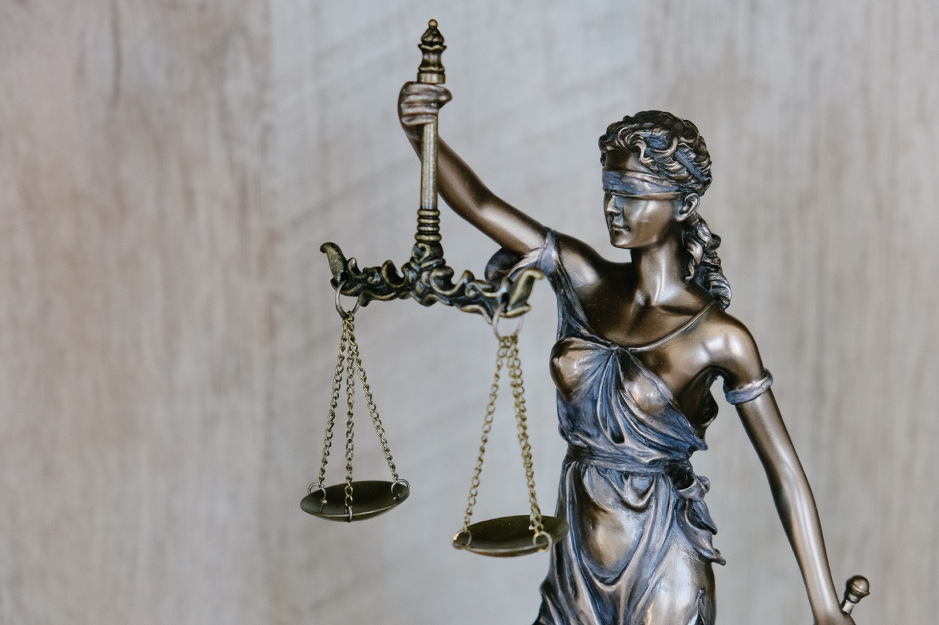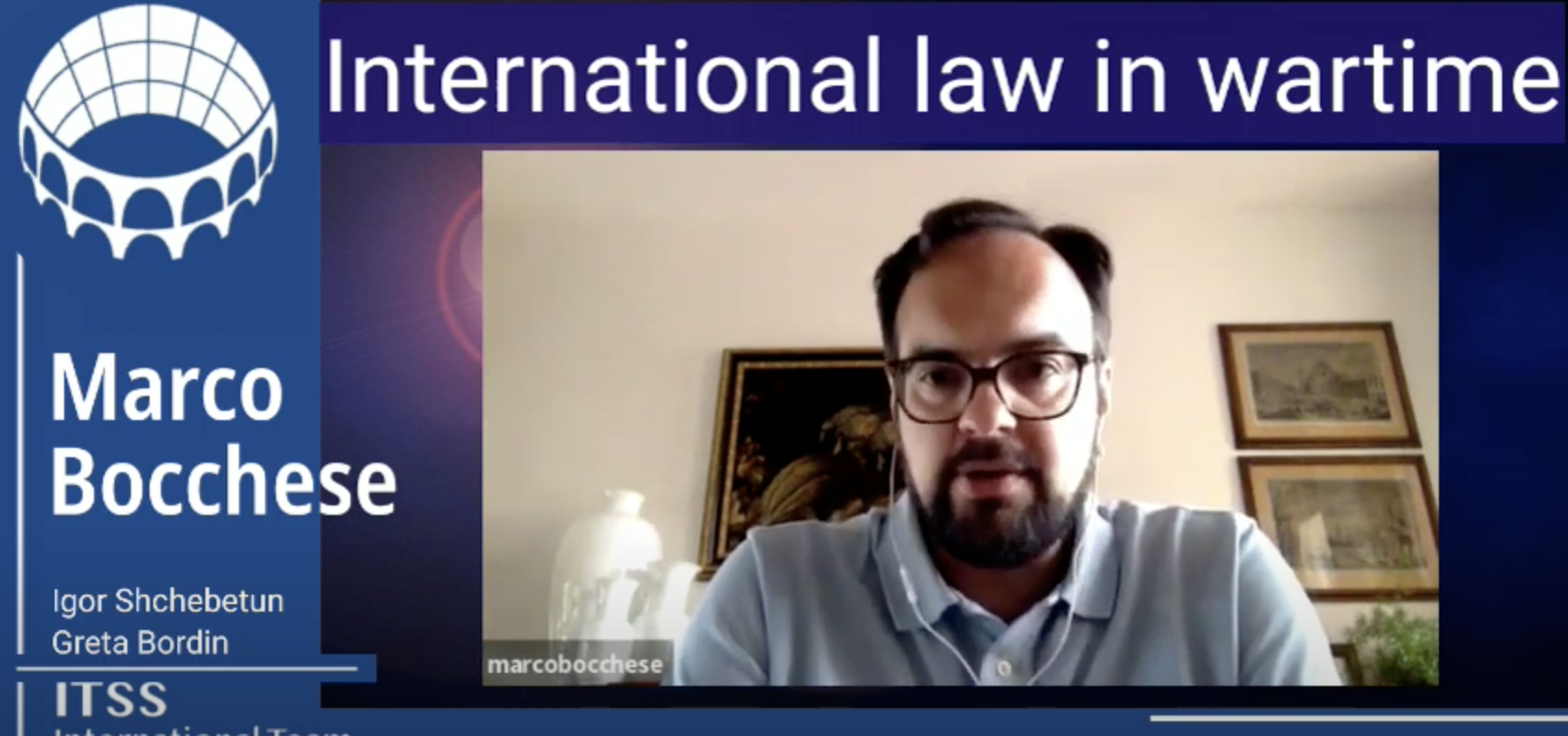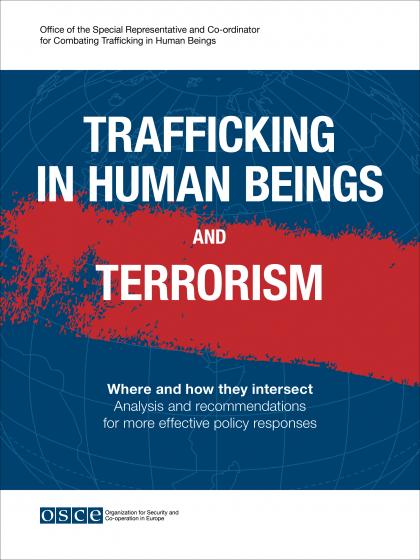By Alberto Trame, Aline Blanchard, Christian Gaole, Giacomo Bortolazzi - Italy Team
The Military Industry in Italy as a Leading Global Actor
It is widely acknowledged that Italy has a leading role in the European production and export of weapons, a trend that will probably continue to grow in the next years: at the end of March, the annual report to the Parliament on operations authorised and carried out for the control of exports, imports and transit of armament materials estimated that export licenses for a total value of 6.31 billion euros have been issued during the year 2023, causing an increase in Italian military exports from the sum of 5,289 million euros in 2022 to 6,311 million in 2023. The document also included a list of the States with the highest share in the total export of Italian weapons: the list includes countries such as France, the United States, Ukraine (whose ongoing conflict against Russia has resulted in a steep rise in military contributions), several Middle Eastern countries such as Türkiye, Azerbaijan and Kuwait, and Israel as the main beneficiaries.
Has Anything Changed After Al-Aqsa Flood?
The report also highlighted Israel's situation following the attacks conducted by Hamas on 7 October 2023. Although the volume of Italian military exports to Israel increased to a total value of 31.5 million euros, placing the country seventh among the largest importers, the annual report noted the consideration given to the issuing of new authorisations in light of the ongoing conflict. This cautious approach regarding military exports was also confirmed by the Italian Defence Minister, who responded to a Parliamentary interrogation on the issue by stating that no new authorisations have been granted since the attacks of 7 October 2023. The media observed that this statement seemed to differ from those made by other representatives of the Italian Government, including the Italian Prime Minister and, notably, the Head of the Ministry of Foreign Affairs, who stated on 20 February 2024 that the dispatch of any kind of weapons to Israel had been suspended since the beginning of the conflict. The distinction between a “total” and a “partial” suspension has been at the center of an intense political debate and several journalistic inquiries conducted in recent months.
The Italian Military Export to Israel Analyzed in Light of Law 185/1990
The ongoing discussion related to the Italian military exportations to Israel, which has not been uniformly addressed by the national political establishment, assumes further importance when considering the potential implications under the Italian legal system, which regulates the import, export, trade, and transit of arms and ammunition through Law 185/1990. Article 1, paragraph 6, of this law prohibits the export and transit of military material towards countries engaged in armed conflict in violation of the “inherent right of individual or collective self-defence if an armed attack occurs against a Member of the United Nations,” as per Article 51 of the United Nations Charter (subject to any exception made through the Council of Ministers’ decision after the approval of the Parliament). The law also prohibits export to countries with policies that conflict with the rejection of “war as an instrument of aggression against the freedom of other peoples and as a means for the settlement of international disputes,” as per Article 11 of the Constitution, or whose governments have breached international conventions on human rights. Allegations of such violations have been raised in the context of the Israel-Hamas conflict, with concerns expressed about the actions of both belligerent parties.
In this regard, the recent public call by the Chief Prosecutor of the International Criminal Court for the arrest warrant of Hamas’ Leader and Commander-In-Chief and of the Israeli Prime and Defence Ministers was issued in response to a series of alleged violations of the Rome Statute, such as “starvation of civilians as a method of warfare,” “intentionally directing attacks against a civilian population,” and “persecution.” The further call by the Prosecutor for adherence to International Humanitarian Law (IHL) gains relevance in light of the most recent report by the International Commission of Inquiry on the Occupied Palestinian Territory, including East Jerusalem and Israel, which suggested that both Hamas and Israel may have committed several “violations of IHL and IHRL” during the conflict. These legal implications remain an open issue, meaning that if the allegations are found to be true, there could be significant legal consequences regarding Italy’s contribution to this conflict, all in light of the requirement to prohibit the export of arms to countries in violation of international human rights conventions as per Law 185/1990.

Concluding Remarks: The Importance of Being Earnest
In light of multifaceted debates and of the serious consequences that serious accusations such as those of violating international conventions might imply, the importance of transparent and complete information cannot be questioned. Even though occupying such a self-evident pivotal role, the concern expressed by many is that it may still be jeopardised: the new Parliamentary Bill modifying Law 185/90 could in fact result in the reduction of the kind and quantity of data to be included in the annual report to the Parliament if approved. Given this possibility, it is important to remember the importance of free information.






